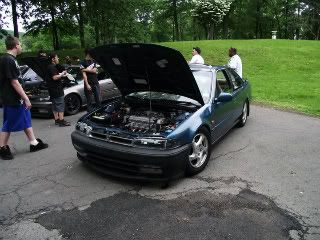Few weeks ago as i was doing the timing and head gasket with 92smokeaccord while putting the rocker arm assembly back on two bolts and chambers got stripped, though i managed to rethread the bolts and tap one of the chambers the other one is pretty much done, there is no surface to tap. Wondering if i can JB weld the chamber and re-tap it, dont see any other solution besides getting new head or new motor witch i DONT want to do right now and winter is coming and i need my ride.... any alternatives?
ALSO if/after i JB weld the chamber what size drill bit do i use? the bolt is a M8x1.25
i got this from a chart but still dont get it
M8x1.25 0.3150 8.0000 ~21 1.250 6.8 mm
and id like to say thanks to 92smokeaccord for stripping my bolts ....btw bring me your spare bolt next time you come over
....btw bring me your spare bolt next time you come over
ALSO if/after i JB weld the chamber what size drill bit do i use? the bolt is a M8x1.25
i got this from a chart but still dont get it
M8x1.25 0.3150 8.0000 ~21 1.250 6.8 mm
and id like to say thanks to 92smokeaccord for stripping my bolts
 ....btw bring me your spare bolt next time you come over
....btw bring me your spare bolt next time you come over




Comment